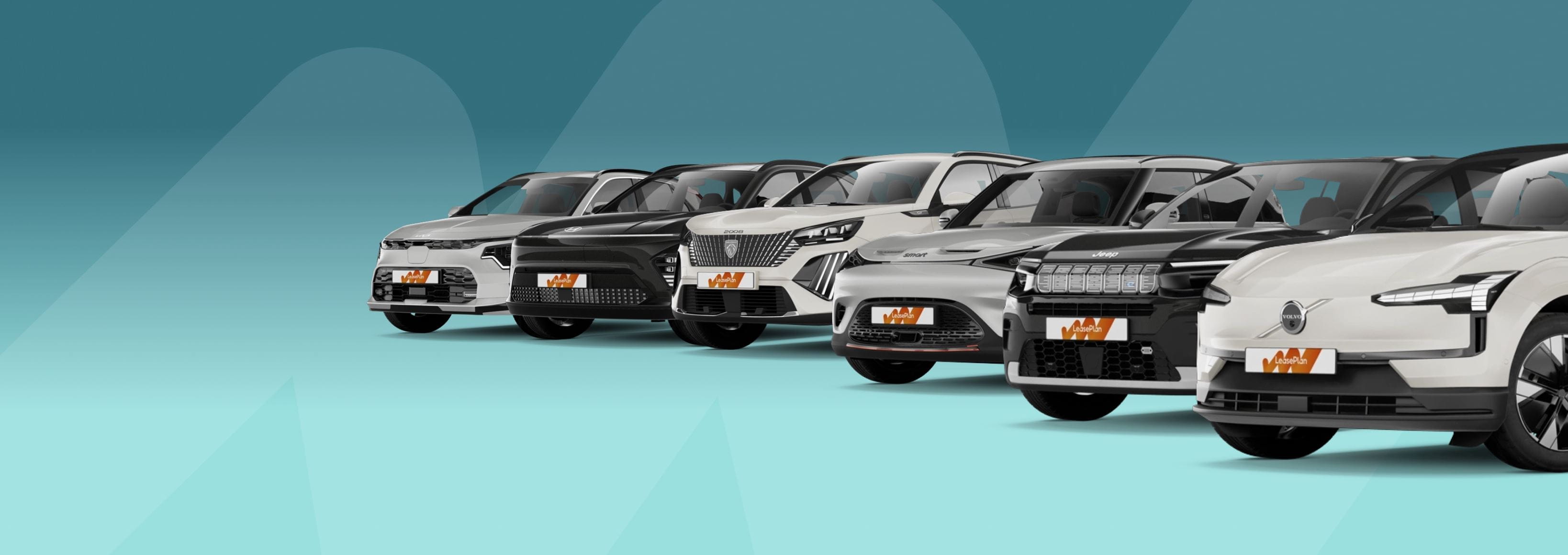
Volvo EX30 Top 5 Rivals Comparison
Can Volvo EX30 handle the competition?
Small electric crossovers are gaining popularity. They combine convenience and a higher seating position with smooth performance and a large driving range. Usually, the youngest model is the best, but is that also the case for the Volvo EX30?
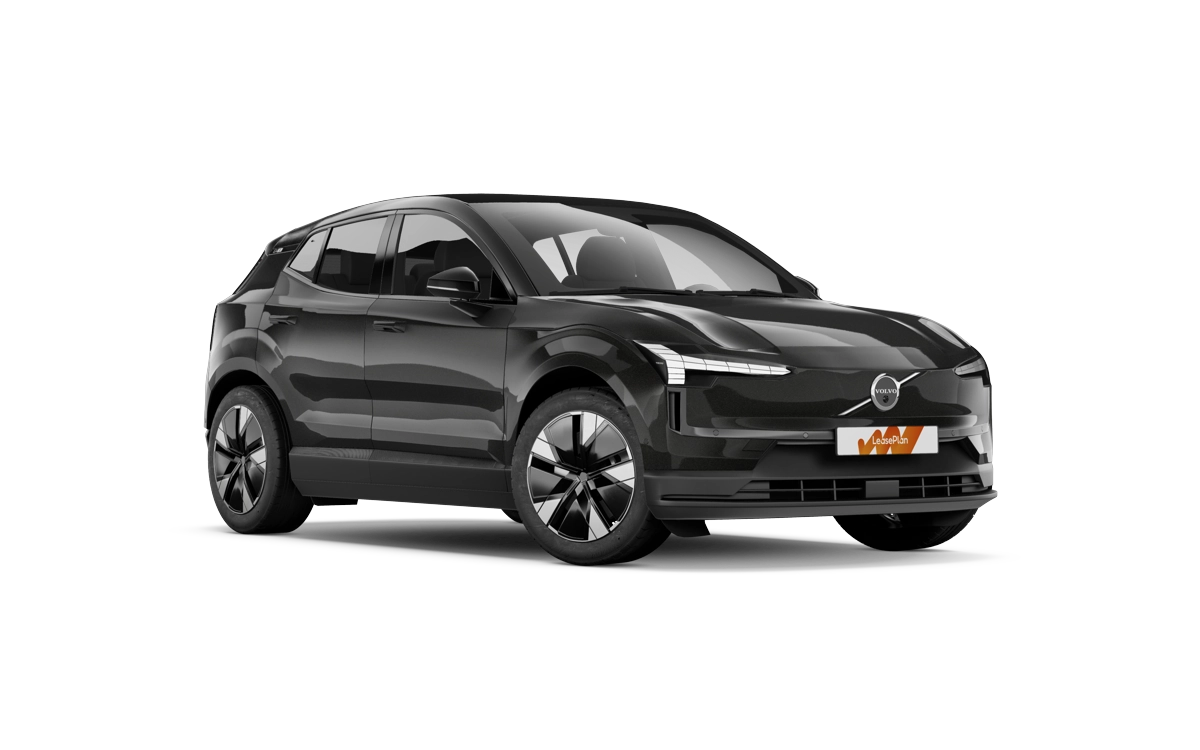
Volvo EX30: Originality, Sustainability, and Power
With its refreshing design and its sportive performances, the new EX30 aims high in the SUV segment. The EX30 is the smallest SUV, and Volvo has had sustainability and technology in the mind. It measures 4.23 meters in length, 1.84 meters in width (excluding mirrors), and only 1.56 meters in height, giving the baby Volvo a sporty look. Inside, Scandinavian simplicity and sustainability take center stage. The interior is crafted from recycled materials and is 100 percent leather-free. Digital natives will be drawn to the 12.3-inch high-resolution display integrated with Google software.
The entry-level Single Motor already produces 200 kW (272 hp) and needs just 5.7 seconds to hit the 100 kph-mark. It has a 49-kWh (net) lithium iron phosphate (LFP) battery promising a range of 344 kilometres. One step higher is the Extended Range, which combines the same electric motor on the rear axle with a 64-kWh net LMC (lithium-manganese-cobalt) battery to boost the driving range to 480 kilometres.
Topping off the range is the Twin Motor Performance. Two electric motors produce a total of 315 kW (428 hp!) and drag the EX30's heavy body (it weighs just under two tons) past the 100 kph-mark in 3.6 seconds.
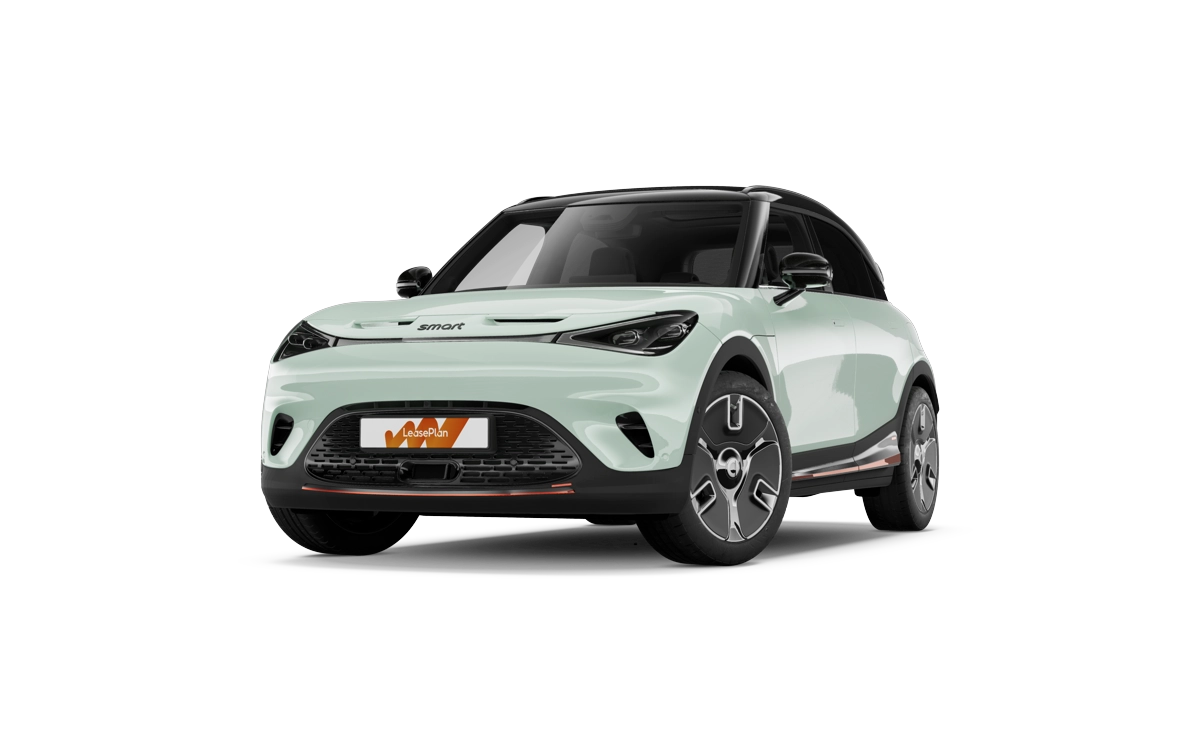
Smart #1: The city dweller spreads its wings
Comparing the specifications of Smart's small crossover with those of the EX30 reveals surprising similarities. Coincidence? No, the "hashtag one" is built on the same platform as the Volvo. The drivetrains and battery types are identical as well. Battery charging varies from 11 or 22 kW using alternating current, and a fast charger can provide up to 150 kW.
In terms of appearance, the Smart #1 has a different vibe, but despite its bulkier look, its interior is not more spacious than the EX30. The trunk is somewhat small at 273 liters, but fortunately, the rear seats can be moved forward to free up 411 liters.
The dashboard boasts a distinctive design. Between the front passengers sits a floating center console, and a large glass roof bathes the interior in light. The infotainment and finish are of high quality.
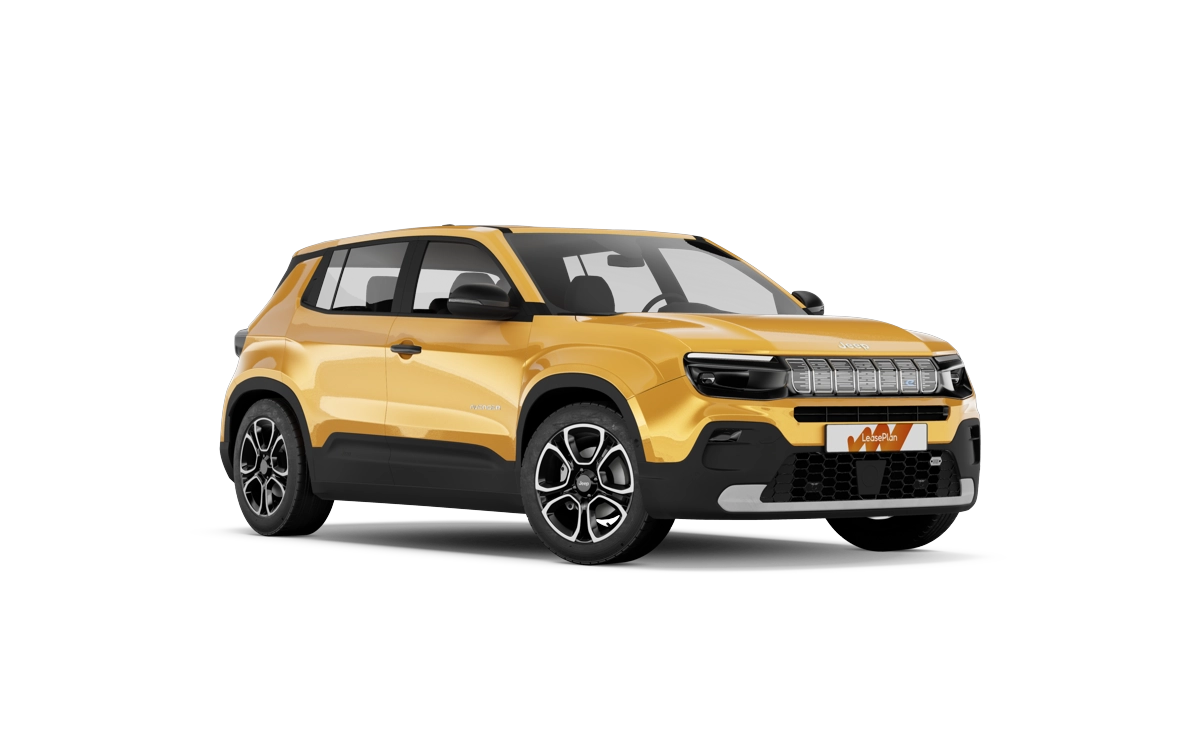
Jeep Avenger: Auto of the Year for a reason
While the American brand Jeep had limited market potential in Europe until now, that could change with the brand-new electric Avenger. Developed exclusively for the European market, this model won the European Car of the Year award.
Behind its clear family traits lies an efficient electric platform powered by a 115 kW electric motor. A net 51 kWh battery should ensure a range of about 400 kilometers according to the WLTP. Charging capabilities are competitive: the onboard charger can handle 11 kW of three-phase alternating current, and fast charging can go up to 100 kW. This Jeep is driven exclusively by the front wheels.
Can it still be considered a part of the illustrious Jeep lineage? Its maker claims so, thanks to the SelecTerrain system with six modes: Normal, Eco, Sport, Snow, Mud, and Sand.
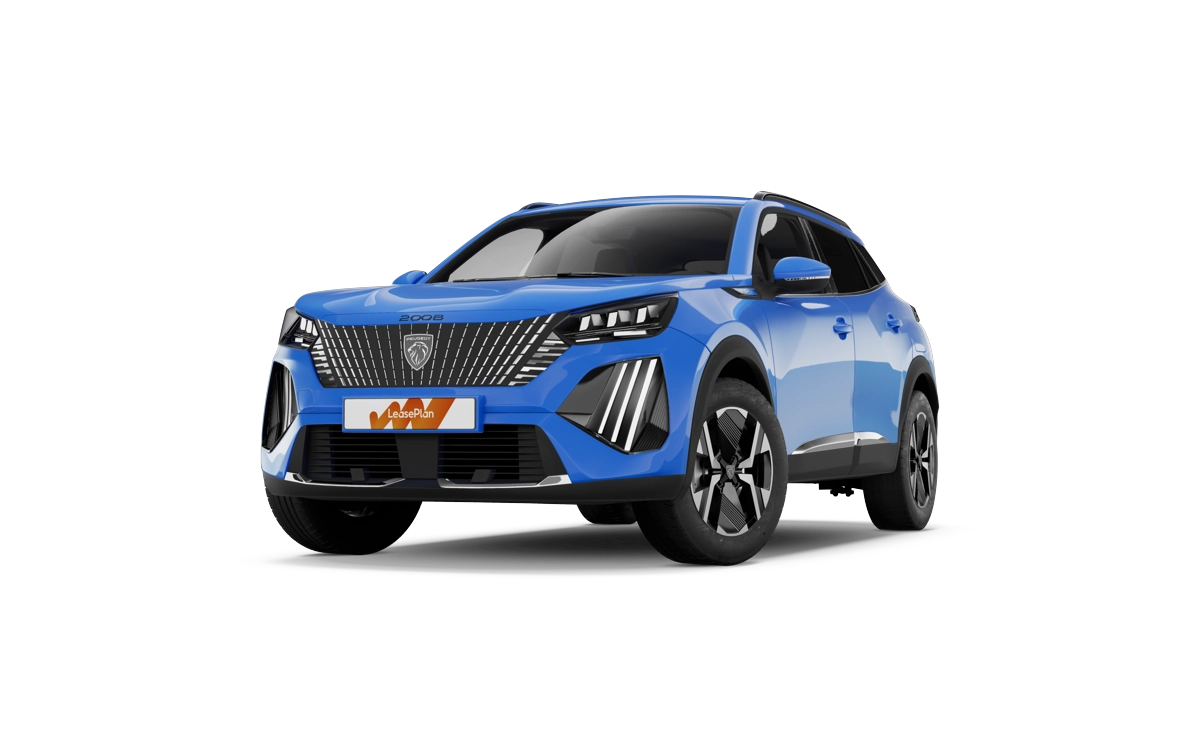
Peugeot e-2008: Significant upgrade to tackle the competition
Just as the Volvo EX30 and Smart #1 are technical twins, the Jeep Avenger and the updated Peugeot e-2008 also share their underpinnings. The French success story underwent a thorough facelift earlier this year, boosting the electric motor and battery. 100 kW became 115 kW, and 45 kWh increased to a net 51 kWh. This new powertrain combo offers 400 kilometers of freedom of movement. The distinctive i-Cockpit with the small steering wheel was retained but refreshed.
On the Allure and GT trims, you're greeted by a 10-inch digital instrument panel. The GT version even boasts a 3D display. All versions also feature a central 10-inch touchscreen for infotainment control. Beneath the screen, Peugeot retained the handy toggle switches for quick access to essential functions.
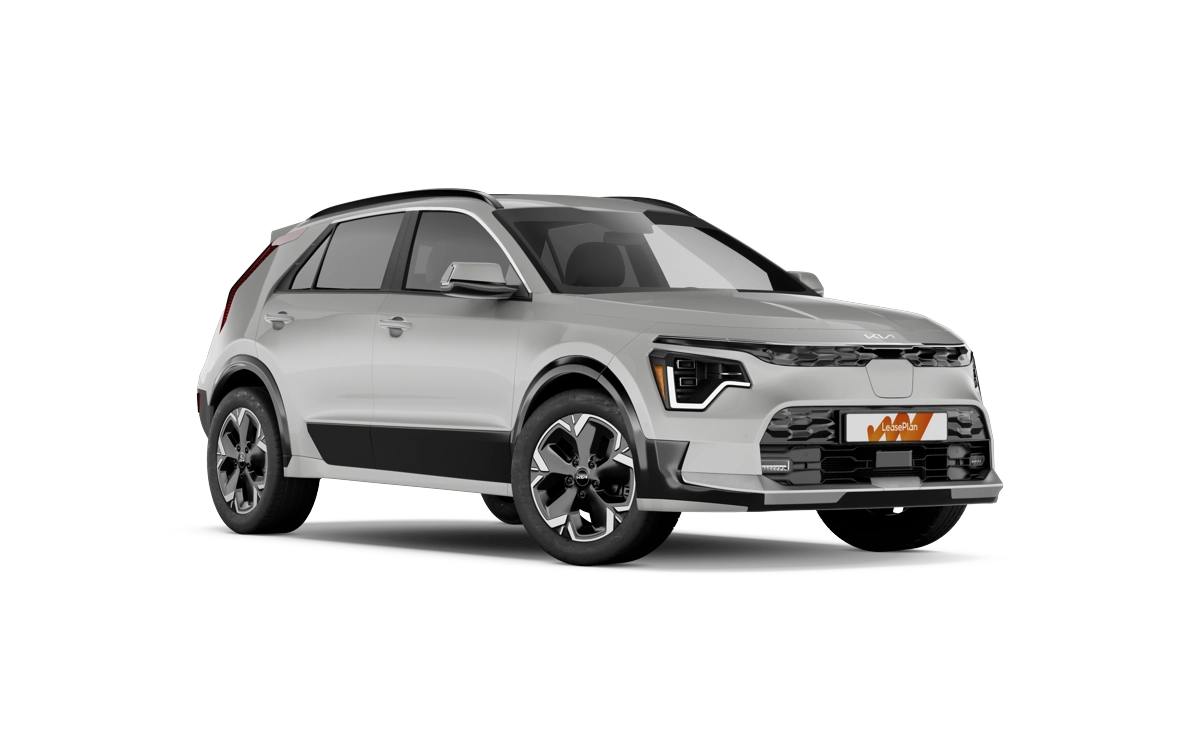
Kia Niro EV: Greater emphasis on design and the environment
You might have found the first-generation Niro a bit bland in terms of design. The second generation is anything but dull! It can be immediately recognized by its distinctive front end, with the charging port centrally located and intricately designed LED headlights in the corners. The profile showcases the "Aero C-Pillars," slots that improve aerodynamics. Thanks to the battery's seamless integration into the floor, the trunk can hold a substantial 475 liters, offering ample interior space.
As a driver, you're greeted by a large glass panel housing two displays. To enhance sustainability, the manufacturer opted for mainly recycled and natural materials, such as wallpaper and eucalyptus leaves. The 150 kW electric motor draws power from a 65 kWh battery, providing a range of 460 kilometers, but its fast charging capacity is limited to 80 kW. You can, however, draw 11 kW from a wallbox.

Hyundai Kona Electric: High-tech and Aerodynamic
Hyundai and Kia also share components. The Kona is the cousin of the Niro and is quite comparable in many aspects. However, the Hyundai is 10 kW more powerful, its battery has half a kWh more capacity, and it can fast charge at 100 kW – if you opt for the most powerful version. Due to its excellent aerodynamics, this version also gains 30 extra kilometers of range from its battery. Unlike the Niro, you can also get the Kona with a smaller battery and less powerful drivetrain, namely 48 kWh and 115 kW. This should theoretically give you a range of 324 kilometers. Both the Niro and the Kona have a unique advantage: they can supply electric devices with up to 3.6 kW thanks to the vehicle-to-load function. This can be handy on the go if you need to use a hairdryer or charge your e-bike, for instance.


